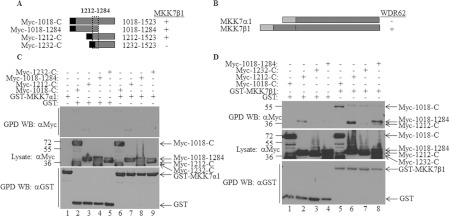Figure 7. WDR62 associates with MKK7β1, but not with MKK7α1.
(A and B) Schematic representation of the Myc-tagged WDR62 deletion constructs (A) and GST-fused MKK7 constructs (B) used in the experiments. The black square and light grey rectangle represent the position of the Myc epitope tag and GST fusion respectively. Summary of the binding of the various WDR62 fragments to MKK7 is indicated by + and −. The broken box represents the minimal region that preserves binding to MKK7β1. (C and D) HEK-293T cells were transfected with plasmids encoding the various WDR62 fragments (shown in A) together with GST–MKK7α1 (C) or GST–MKK7β1 (D). An empty GST plasmid was used as a negative control. GST-containing complexes were isolated from cell lysates with glutathione–agarose beads, washed extensively and eluted with reduced glutathione. The protein complexes were subjected to Western blotting (WB) with either anti-Myc or anti-GST antibodies (top and bottom panels respectively). The expression level of the WDR62 fragments was determined by blotting the total cell lysate with anti-Myc antibody (middle panel). The migration of the relevant proteins is indicated by arrows. Molecular mass markers (in kDa) are indicated on the left-hand side. GPD, GST pull-down.

